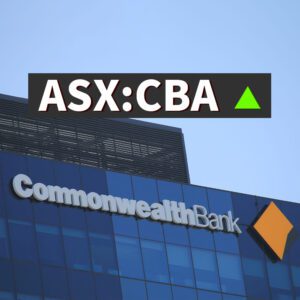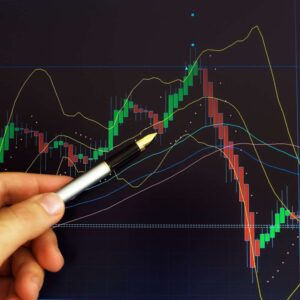In today’s Money Weekend, there is a strong case that we’re witnessing a slow topping formation before a more substantial sell-off. Watch the Closing Bell video for an overview of the bearish case for stocks in the immediate future and the affect changing interest rate expectations is having on the US dollar, Nasdaq, gold, and more.
Dividend Stocks: Maximising Income with Reliable Investment Picks
Some investors trade shares for capital gains while others seek a steady income from their investments by focusing stocks that pay out dividends.
Companies that have a history of paying regular, and increasing, dividends are viewed favourably among this type of investor.
Unless corporate managers can oversee sharply higher real earnings growth, dividends remain one of the main sources of the real return we expect from stocks.
CBA Partners with Global AI Leader H20.ai, Share Price Up (ASX:CBA)
CBA share price has gained 55%. The Commonwealth Bank of Australia [ASX:CBA] is set to boost its AI capabilities by taking a minority stake in H20.ai.
Kerry Stokes: Bang On the Money — Current State Of Asset Markets
One of Australia’s best businessmen just summed up the current state of asset markets. Take a bow Kerry Stokes!A journo was quizzing the great man about the low interest rate policy of the central banks currently…
‘Jailbreak’ Investments Set to Soar in 2022 — Stock Market Outlook
In today’s Money Morning from things to experiences ‘jailbreak’ stocks to start researching today some things won’t change and more…
Trader’s Corner — Why Do You Trade?
There is satisfaction in seeing the long-term trading stats sit around expectations. The joy is in seeing a lack of volatility in my P+L, rather than being elated when it’s rising and despairing as it falls.
Commonwealth Bank of Australia Shares Up on March Results (ASX:CBA)
The Commonwealth Bank of Australia [ASX:CBA] share price is up a marginal 0.37%, trading at $94.93. CBA share price is on a massive tear at the moment on economic recovery…




